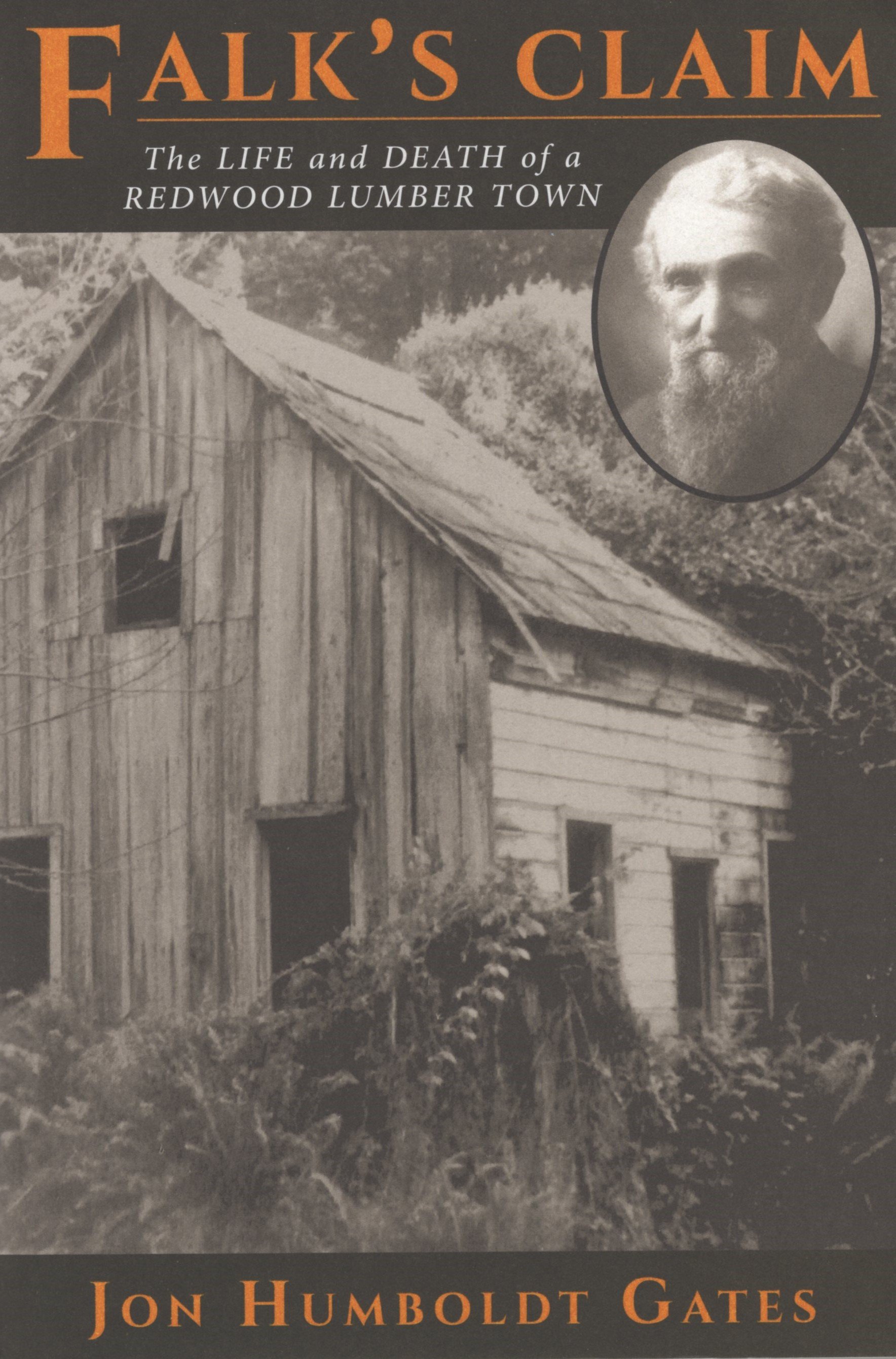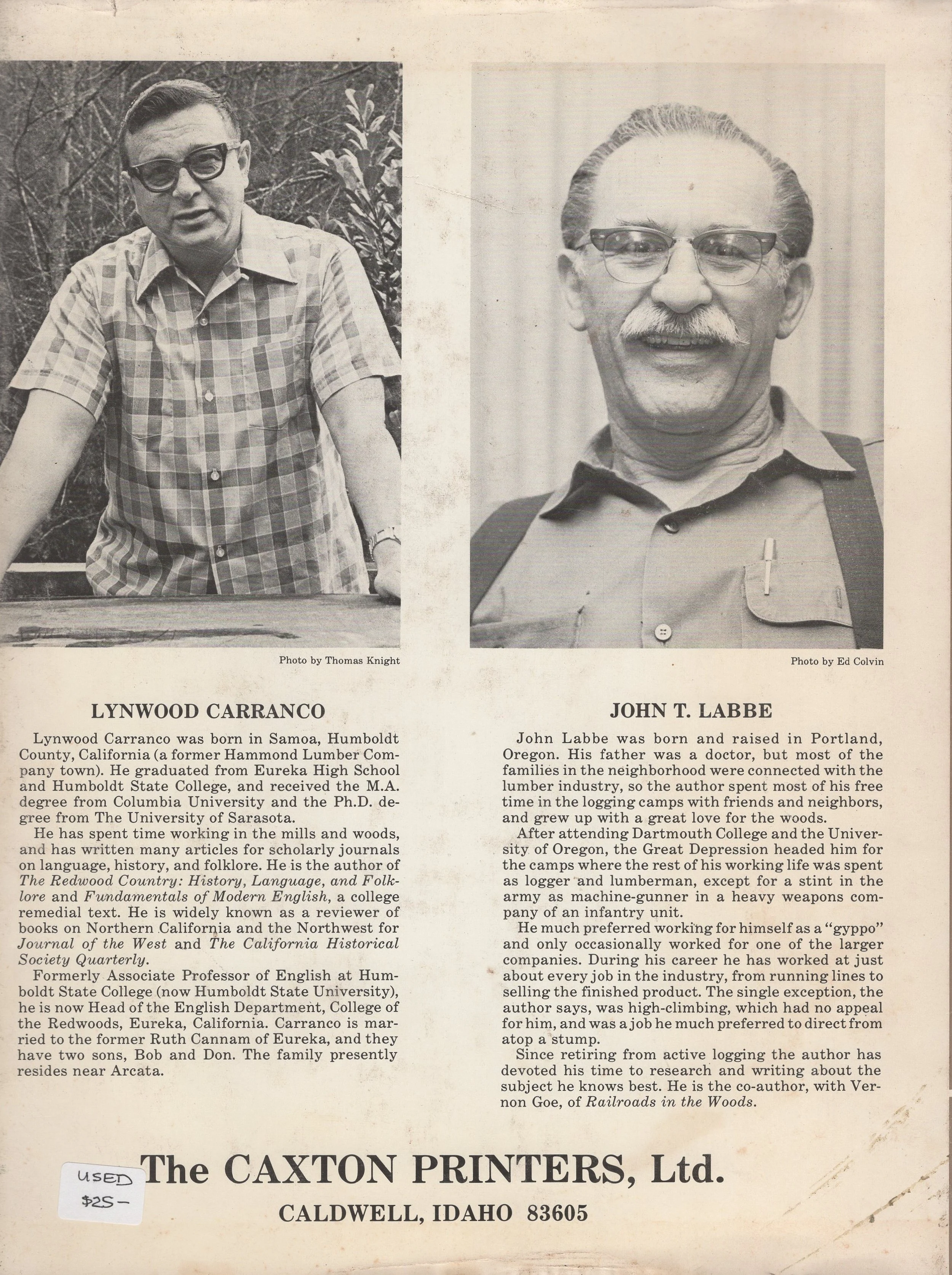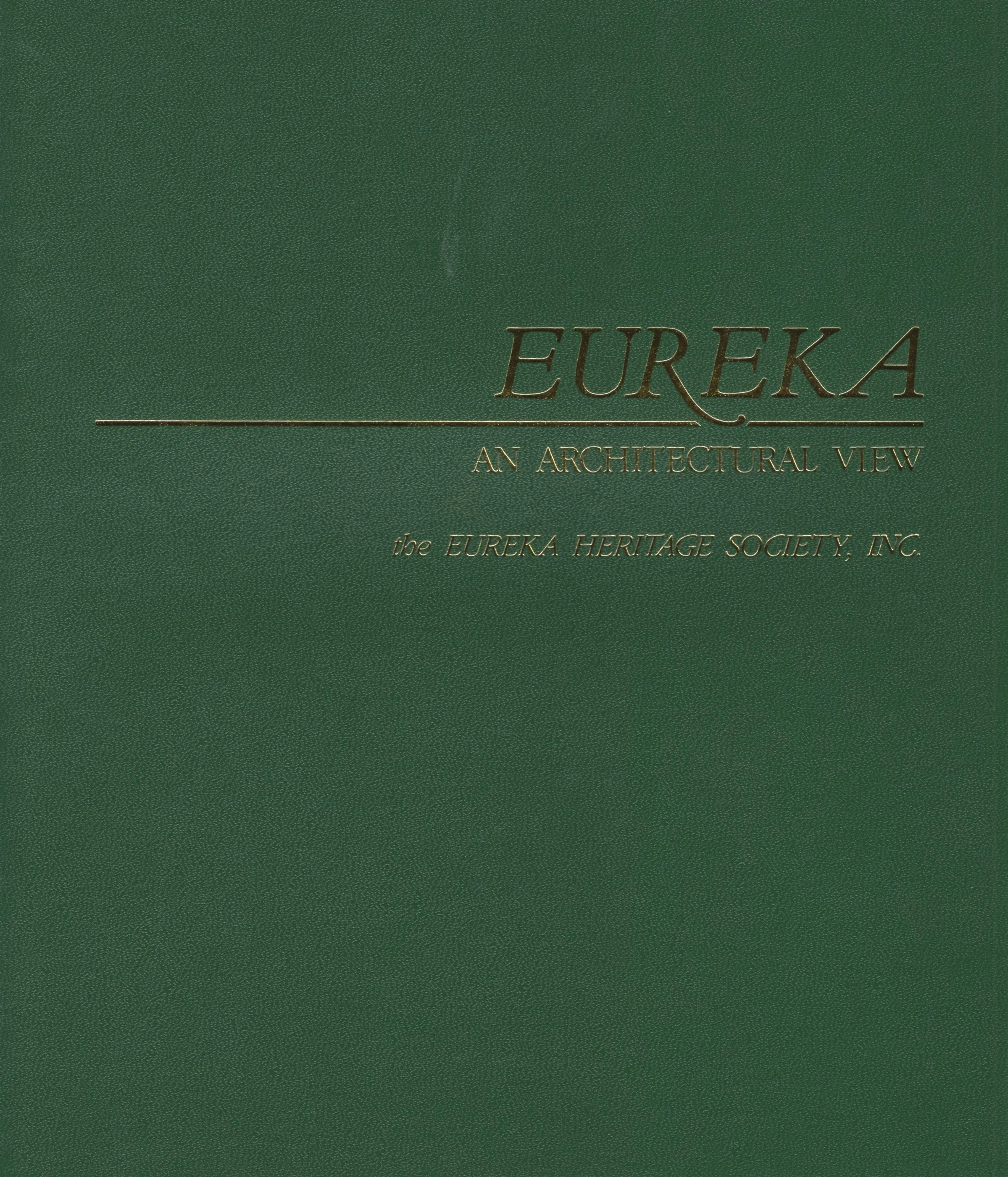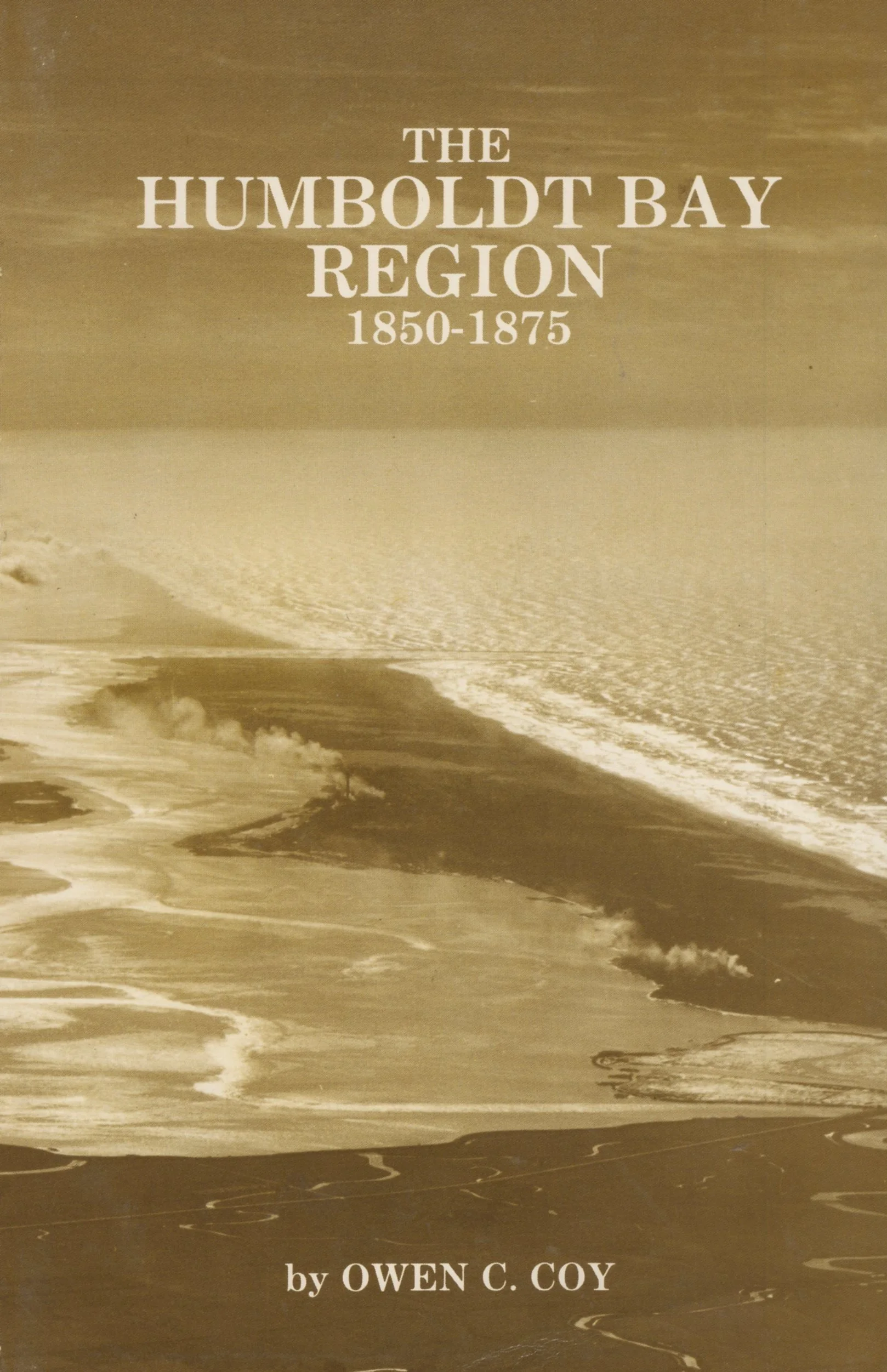Southeast Humboldt Hinterlands


Southeast Humboldt Hinterlands
Jerry Rhode, one of our most prolific local historians, has a number of books for sale at the Historical Society bookstore. One of the most recent is "Southeast Humboldt Hinterlands". It is the fourth in his "History of Humboldt County People and Places" series that resulted from over 30 years of research. This book and its predecessor about the southwest hinterlands follow up on his "Southern Humboldt Indians" which tells the story of area's indigenous people prior to 1850.
This book tells the stories of individual communities and events in the area from Iaqua to the Mendocino County line and from Mail Ridge to the Trinity County line. Thoroughly researched, it is replete with colored historic photos and maps. As the probably least known part of our county, even to Humboldters, the book fills in a gap in our understanding of our area's colorful history. In 28 chapters, it covers geographically arranged sites as well as connecting events such as the rise and fall of ranching and the building of Highway 36 up to and including the devastating 1964 flood.
In Rhode's very approachable style, we learn about the families and entrepreneurs that founded these places; the development of schools, post offices and roads that connected them; and the timber, ranching and fruit growing that sustained them. Most chapters begin with the initial interaction between the native inhabitants and the settlers which led to the establishment of several military outposts. We also learn about the effects of railroads and timbering, bootlegging during during Prohibition, repeated floods, and the establishment of resorts - some successful and some less so.
As sources, Rhode liberally uses written accounts by people who lived there, and has colorful sidebars that highlight compelling subjects like notorious crimes and the beloved railroad dog Boomer Jack. No question, reading one of these hinterland books gives us a detailed and intimate awareness of our diverse Humboldt.







